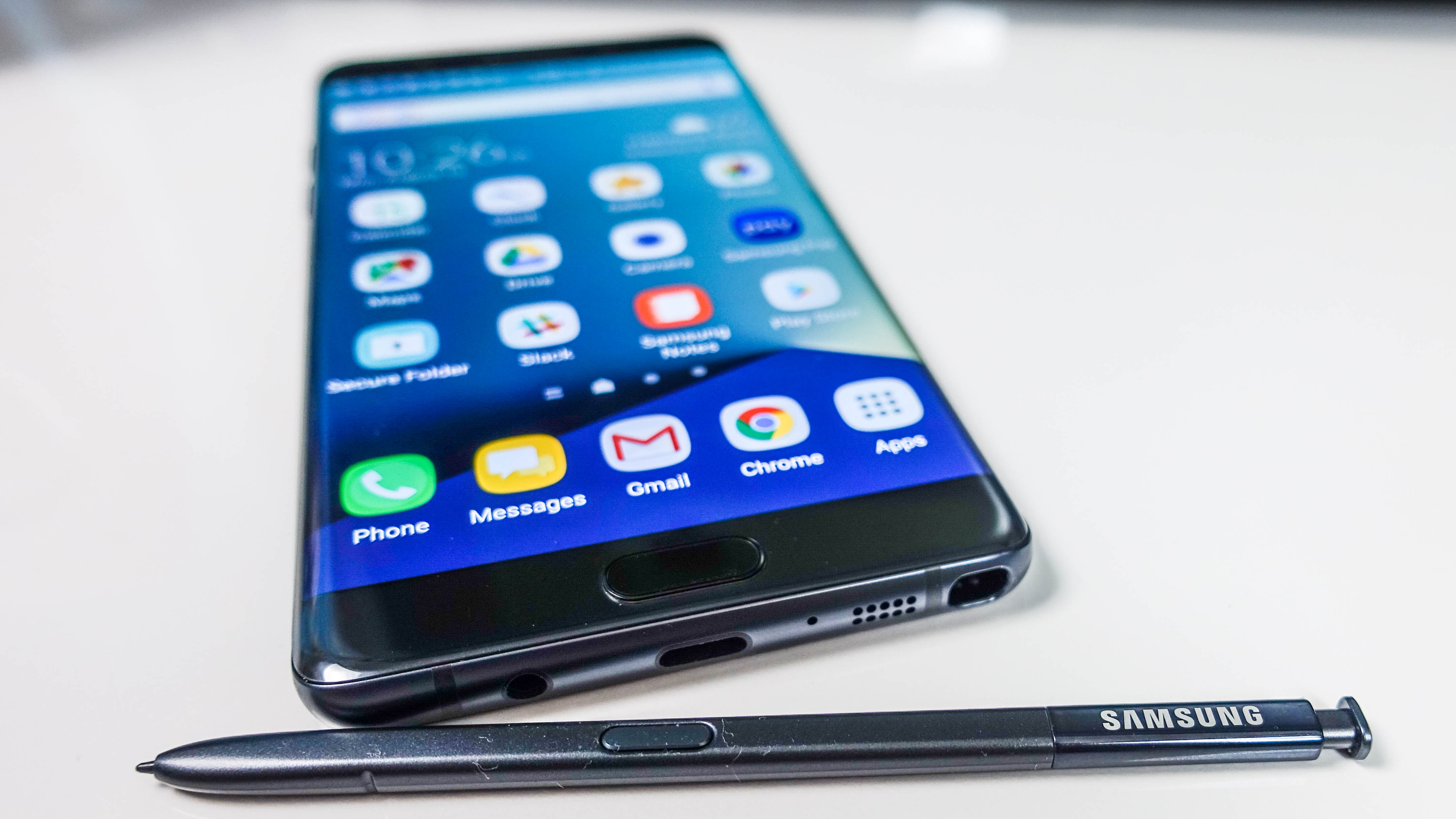Future phone batteries could have built-in fire extinguishers
It’s a fire stopper

Lithium-ion batteries offer numerous benefits which make them perfect for use in the electronics we use every day, but one of their major downsides is that they carry a fire risk.
Though safer and equally efficient technology is undoubtedly coming, researchers at Stanford University have developed lithium-ion batteries with flame-retardant properties built in to keep us safe while we wait.
Lithium-ion battery explosions are relatively uncommon, and largely we’ve taken the technology for granted. However, Samsung’s Galaxy Note 7 debacle has drawn attention to the fact that simple manufacturing errors or charging too fast can make these batteries hazardous – and this is going to become a bigger problem as we push energy densities higher and demand faster charging.
In an effort to make this less of an urgent safety issue, the researchers have inserted a flame retardant compound into a thin polymer capsule and placed it inside the flammable liquid electrolyte of the battery.
Release the chill pill
If the battery reaches temperatures higher than 150 degrees celsius, the polymer capsule melts, releasing the compound to stop the battery burning up. According to the researchers flames were extinguished in less than half a second.
As the researchers enclosed the flame retardant in a capsule rather than placing it directly in the electrolyte, the conductivity and performance of the battery isn’t hindered either.
One problem the researchers are facing, though, is that the material of the capsule they’ve used may not be durable enough for prolonged use.
Get daily insight, inspiration and deals in your inbox
Sign up for breaking news, reviews, opinion, top tech deals, and more.
They found that after just 360 charges and discharges (which is less than a year of charging for many phones) small amounts of the chemical would leak into the electrolyte and reduce its performance.
This tendency towards leakage could potentially be worsened should users overcharge their phones, so further testing will have to be done to make it viable for commercial use.
It could take decades for battery technology to progress to the point where lithium-ion batteries can be replaced entirely, so in the meantime offsetting their limitations with features such as this is a sensible option.
Emma Boyle is TechRadar’s ex-Gaming Editor, and is now a content developer and freelance journalist. She has written for magazines and websites including T3, Stuff and The Independent. Emma currently works as a Content Developer in Edinburgh.
